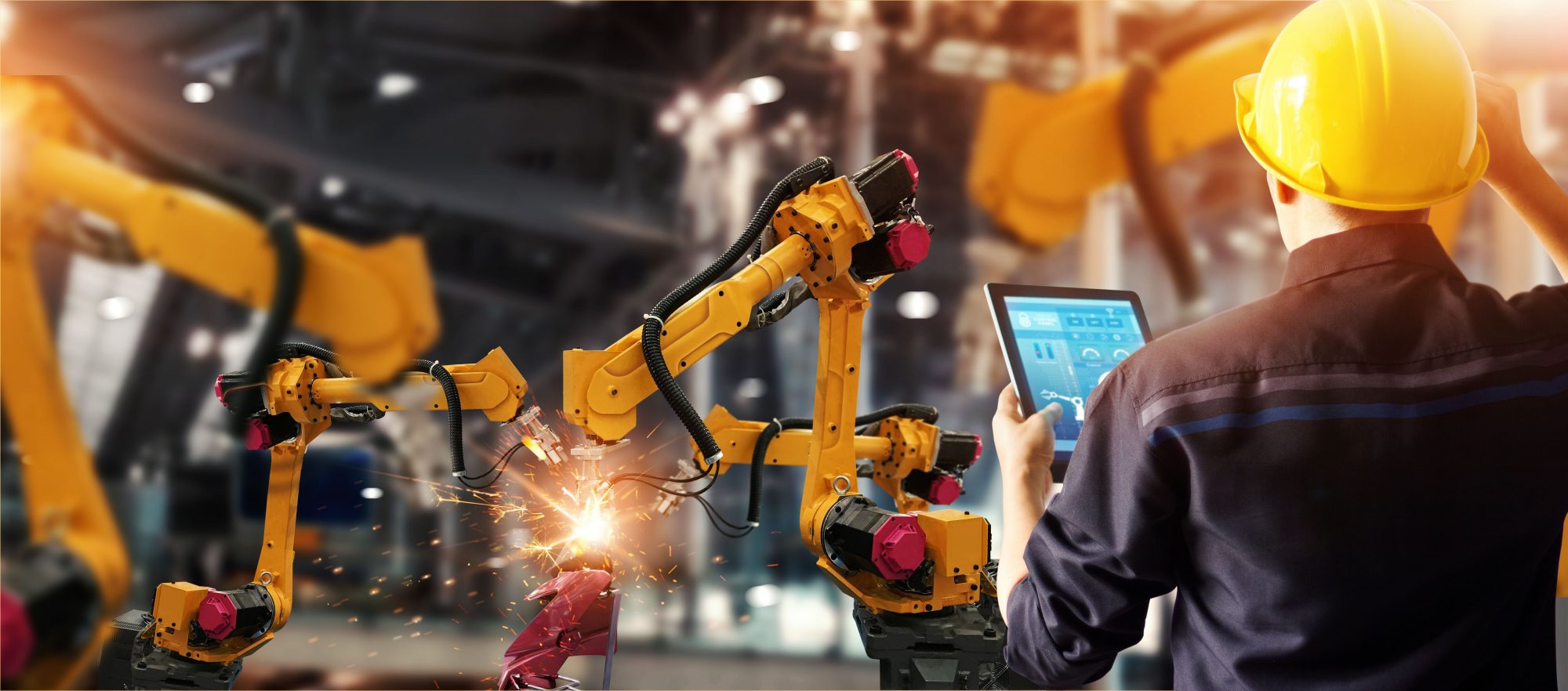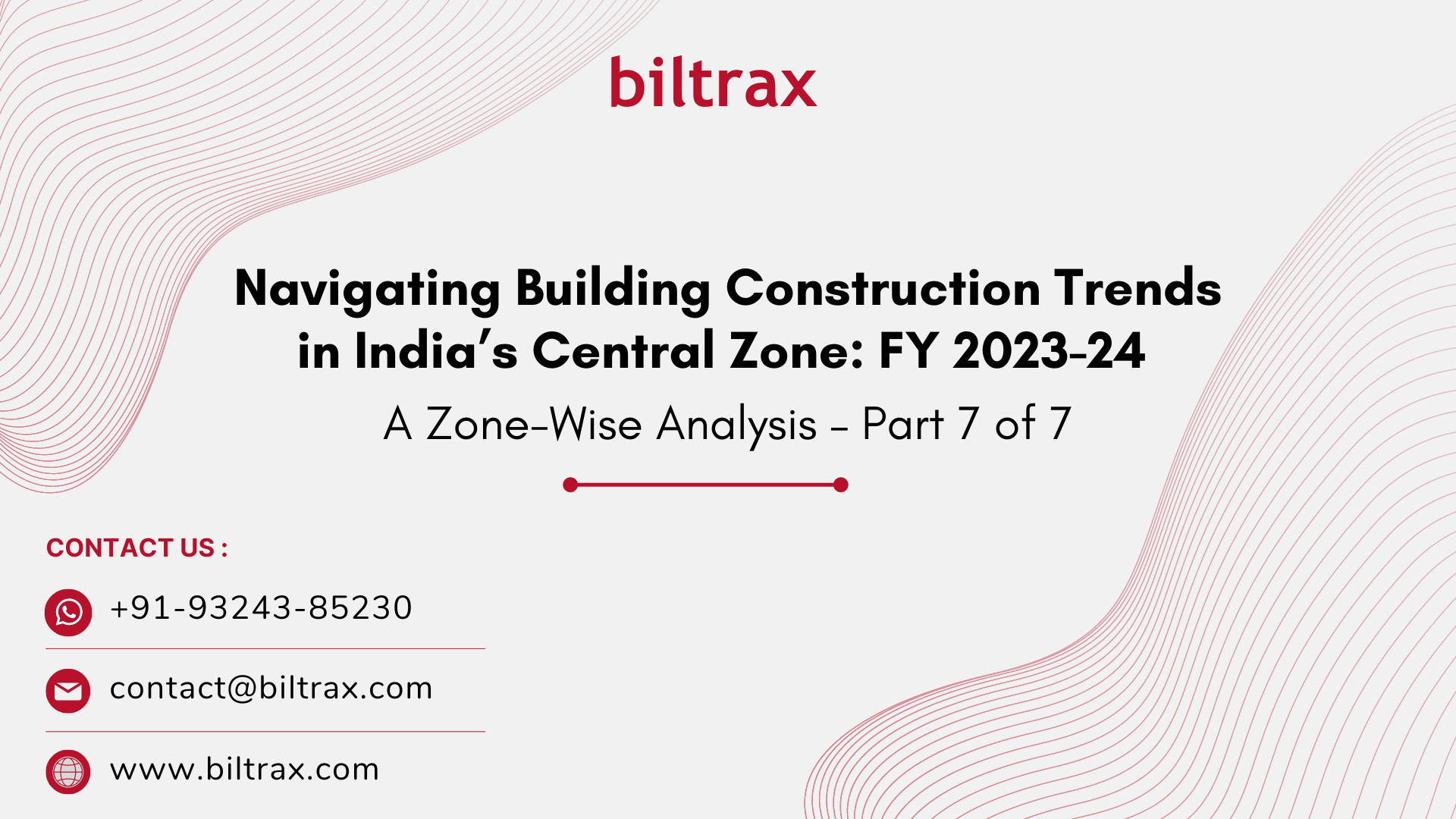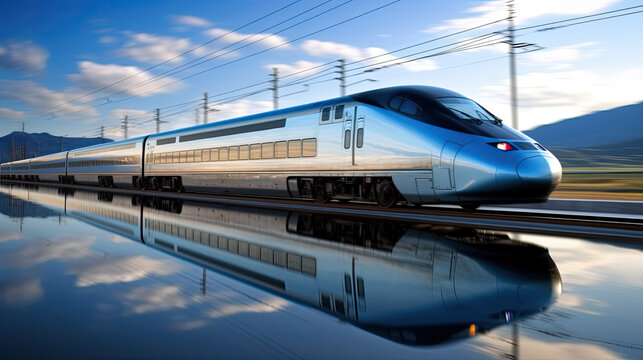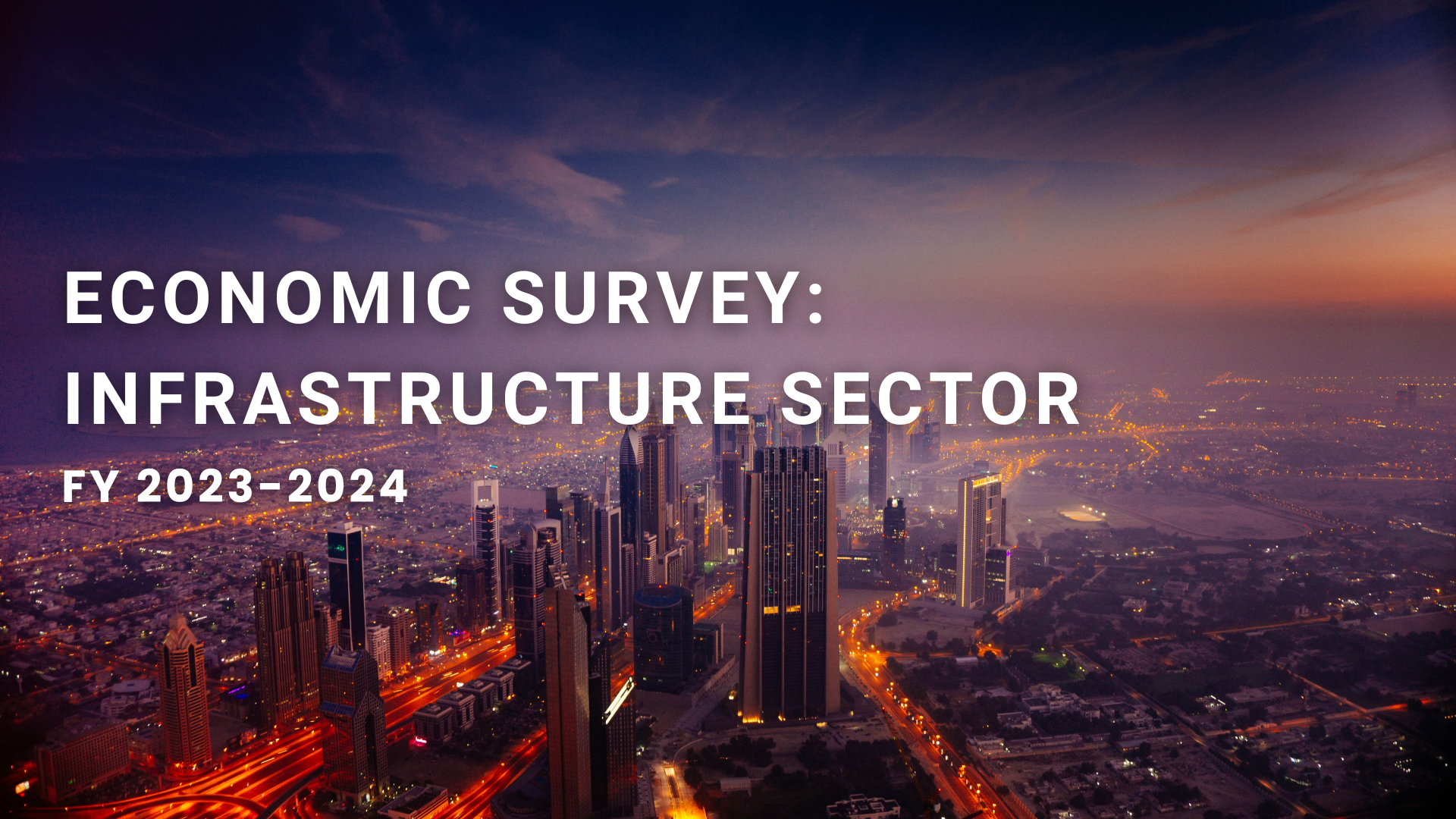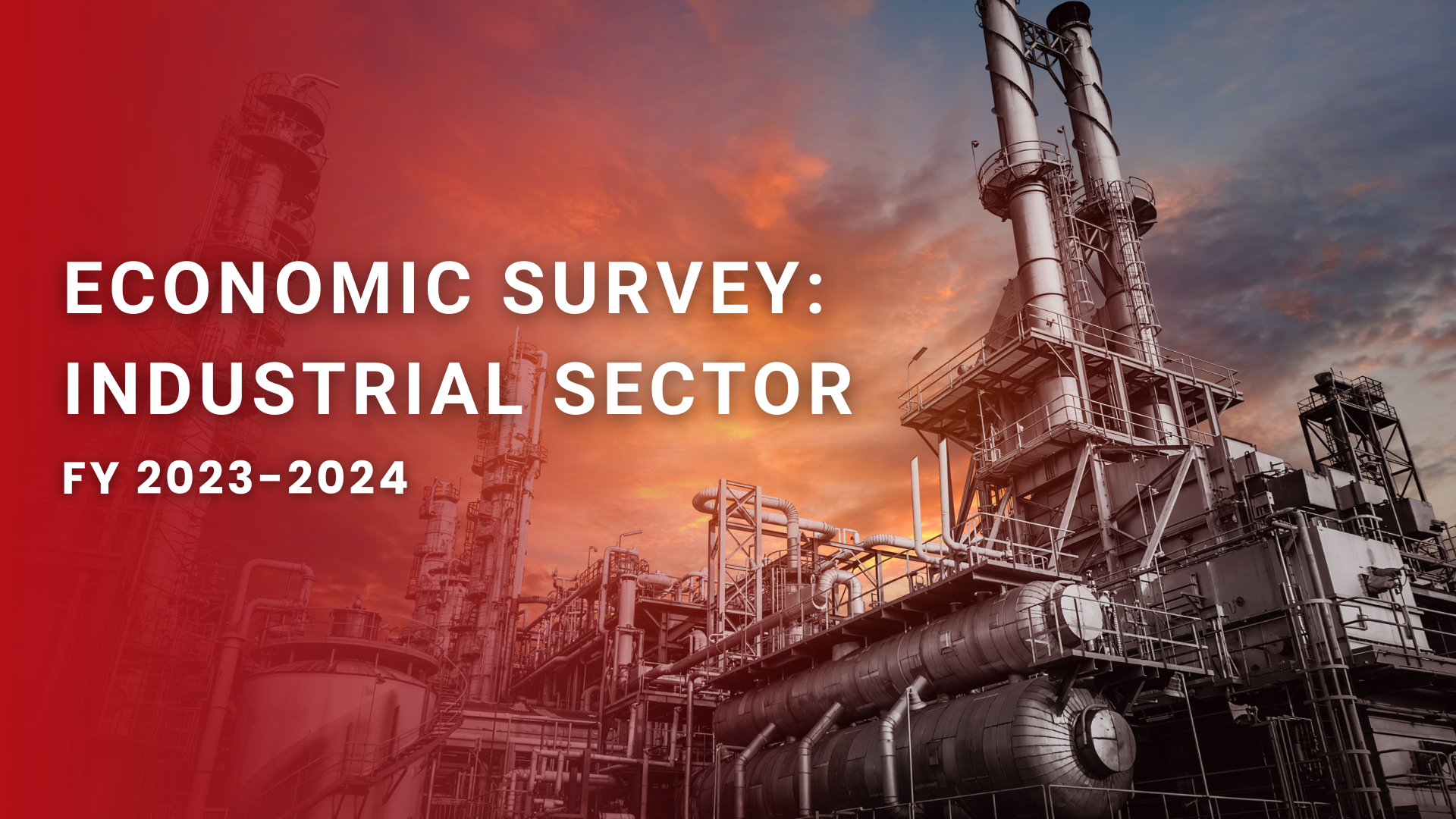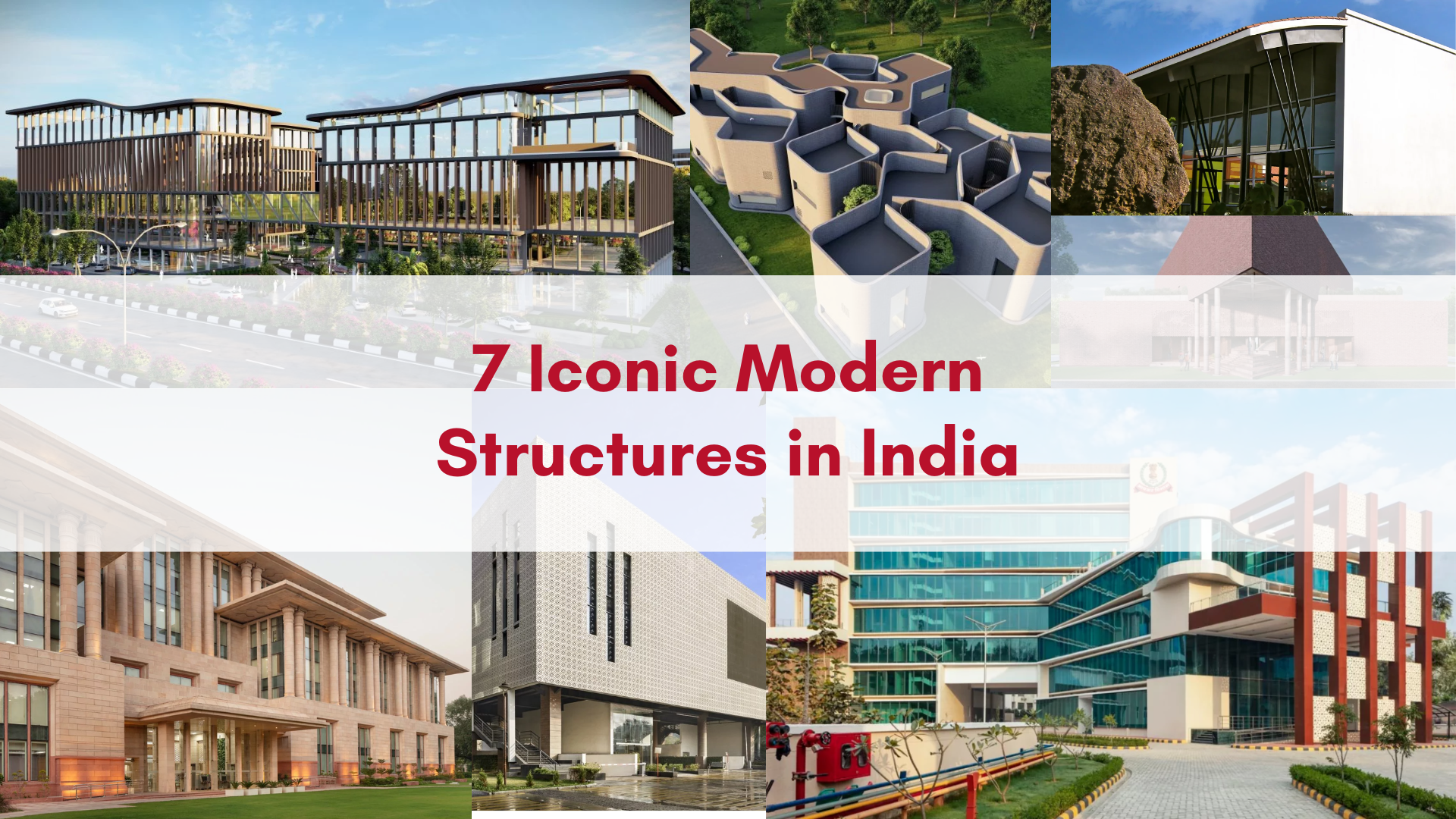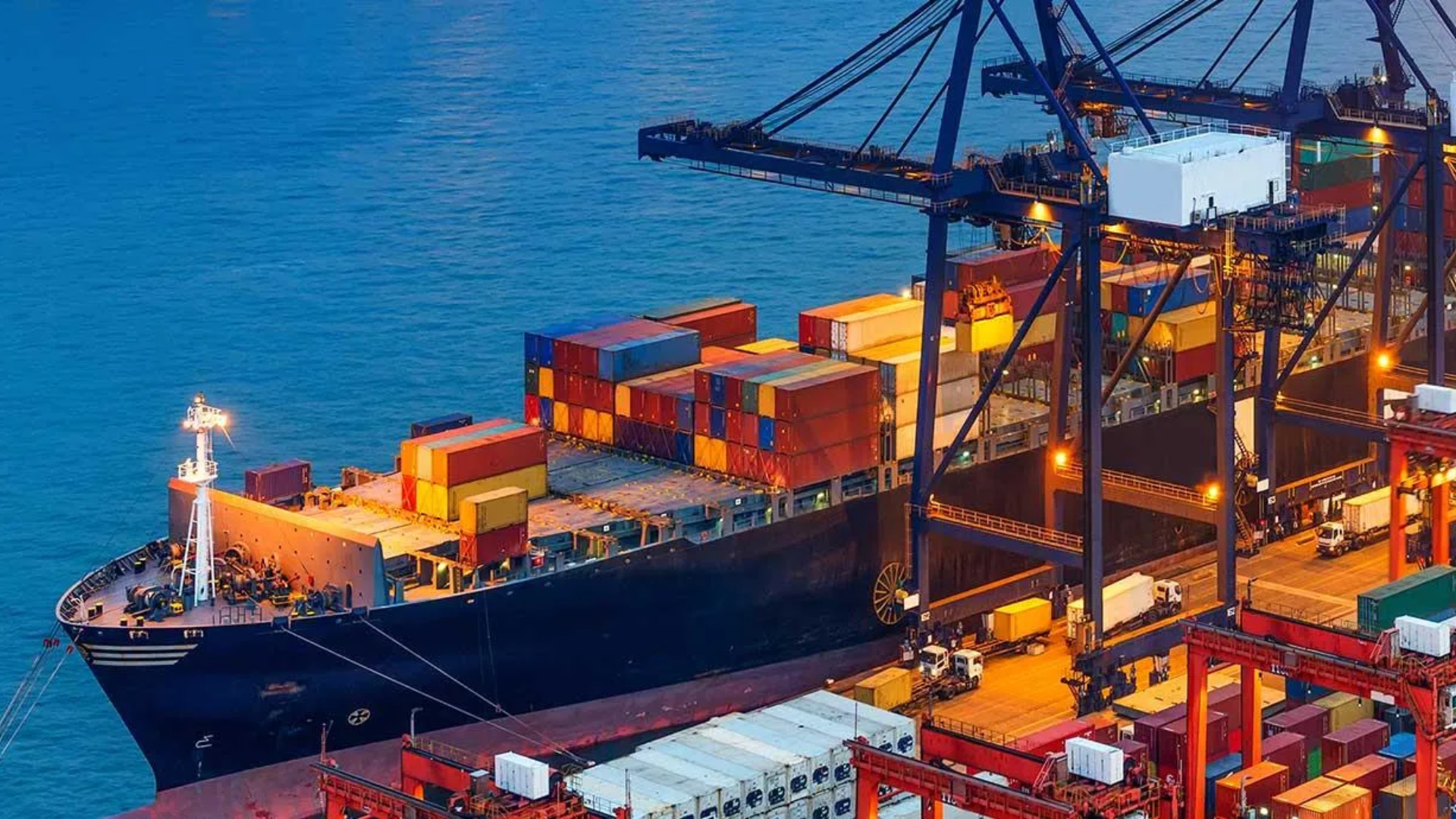AI in the construction industry has been a game-changer. Over the years, the construction industry has evolved and made full use of technology to make jobs more efficient and construction projects and structures safer. AI has been the sector’s blue-eyed boy in recent years and has proved its value to make construction more efficient and innovative. People have been building shelters and buildings for millennia, making construction one of the oldest vocations. However, the way structures are designed, planned, and built has changed significantly. In the construction business, technology has been employed for decades to make work more efficient and build projects and structures safer.
Construction organisations have rapidly begun to use Artificial Intelligence (AI) in a variety of ways to make construction more efficient and inventive in recent years. AI has already proven its worth in the construction business, from optimising work schedules to increasing worker safety to maintaining a watchful eye on building sites. When it comes to AI’s potential application in building, it can serve as a helpful helper who never gets tired and makes few blunders.
Project Planning
Creating, planning and meeting deadlines is one of the most difficult tasks encountered by construction organisations. Delays in sub-projects can cost construction companies a lot of money. Identifying the speed of each sub-project and the associated problems that can occur during project planning is the best way to counter most delays.
AI and robotics may be utilised to ensure that construction projects are completed on time and within budget. The robots take pictures and videos of various building sites and feed them into a neural network. These robots can use machine learning to determine how long tasks will take. Management teams can allocate resources and make attempts to expedite these initiatives. AI will be utilised to optimise the most efficient project planning methods.
Avoiding Cost Overruns
A significant portion of construction projects run over budget, and even the finest projections have failed. Cost overruns are determined by project size, project management competency, and contract type. All of these elements are taken into consideration by AI networks, which calculate possible cost overruns.
Prediction models look at past project data such as the project’s start and finish dates, to help create realistic expectations. Access to real-world training is another significant advantage of AI. Employees may study and improve their abilities remotely, avoiding faults caused by a lack of information.
Increasing Safety at sites
It is a well-known fact that accidents at construction sites are the prominent reason for deaths in the private sector. Being hit by an item, getting stuck in the middle, and electrocution follows the list of causes of death. Today, experts are coming up with an algorithm that analyses, recognises, and reports safety hazards photos from various job locations. If such safety hazards are discovered to be the cause of previous worker deaths, safety briefings might be held. As a result, AI is assisting in the creation of a safe working environment at building sites.
Useful Data Insights
Construction, like any other business, generates and records a vast quantity of data. These massive databases may be mined for information and used to make automated choices. Because each job site is a data source, machines may learn and improve regularly. Drones, cloud computing, and building information modelling are just a few examples of new technologies that are continually contributing to the pool of data. Both industry professionals and customers may profit from AI-generated data insights. With these data insights, a considerable proportion of construction faults may thus be discovered, making buildings safer.
After Completion Inspection
Long after a building project has been finished, professionals continue to analyse it. They examine them for faults and deficiencies that may be addressed in future projects. Post-construction inspections are also altering as a result of AI. As the building’s age rises, AI-powered equipment may be utilised to track the emergence of issues.
Autonomous Vehicles
Autonomous cars are being used extensively by construction managers to streamline numerous operations across the building lifecycle. Drones, robotic arms, autonomous gadgets, and driverless lifts are all becoming more popular throughout the world. Drones assist in surveying and collecting aerial photographs for analysing various phases of building, while robots assist in bricklaying, drywall installation, and concrete pouring. The robotic intervention also aids the human workers on the job site, lowering labour costs and delays.
Predictive intelligence
Sensors are increasingly being used in modern machines and equipment to aid in the overall operation of the machinery. Temperature, engine conditions, and material application are all monitored with these sensors. Traditional sensors are integrated with artificial intelligence (AI) to automatically monitor and analyse data in real-time. These AI-enabled sensors can also detect malfunctions, delays, and potential issues with the greatest degree of precision.
Intelligent cameras, Internet of Things (IoT) devices, close monitoring sensors, facial recognition systems, object identification devices, drones, robotic arms, intelligent alarms, and pattern recognition systems are all examples of AI-enabled devices.
Robust Fleet Management
Construction companies’ fleets of equipment and vehicles are being transformed by the Internet of Things (IoT). Through AI-powered telemetrics, IoT solutions therefore include location awareness, predictive maintenance capabilities, fuel and battery use, and more.
IoT devices and tags transmit critical data from the field. They may be affixed to construction equipment as well as inside shipping containers, semi-trailers, tools, and nearly anything else that construction workers need to keep track of. In the construction industry, being able to foresee when a piece of equipment is likely to break down is a time- and money-saving benefit.
Conclusion
In a nutshell, AI is extremely beneficial in monitoring tools and equipment, scheduling, avoiding delays, and lowering expenses. However, acceptance is modest, and AI in construction is still in its early phases. Furthermore, building companies are unwilling to embrace construction software as a paid product. The scarcity of qualified construction workers and operators is another issue. The government should provide AI training programmes, operator certificates, and industry-academic collaboration so that theoretical models may be used to tackle complicated on-site issues.
For added protection, AI-enabled surveillance devices are also helping to maintain a careful eye on the building site. With so much valuable equipment and gear on hand, the facility might be a target for thieves. AI is thus being used at construction sites to automatically check surveillance footage for any suspicious behaviour.
Sources
https://www.redteam.com/how-artificial-intelligence-is-transforming-the-construction-industry/
https://www.enr.com/articles/51190-how-artificial-intelligence-can-transform-construction
Disclaimer: The information contained herein have been compiled or arrived at, based upon information obtained in good faith from sources believed to be reliable. The opinions expressed within the content are solely the author’s and can be subject to change. The image featured in this article is only for illustration purposes. If you wish the article to be removed or edited, please send an email to editor@biltrax.com




